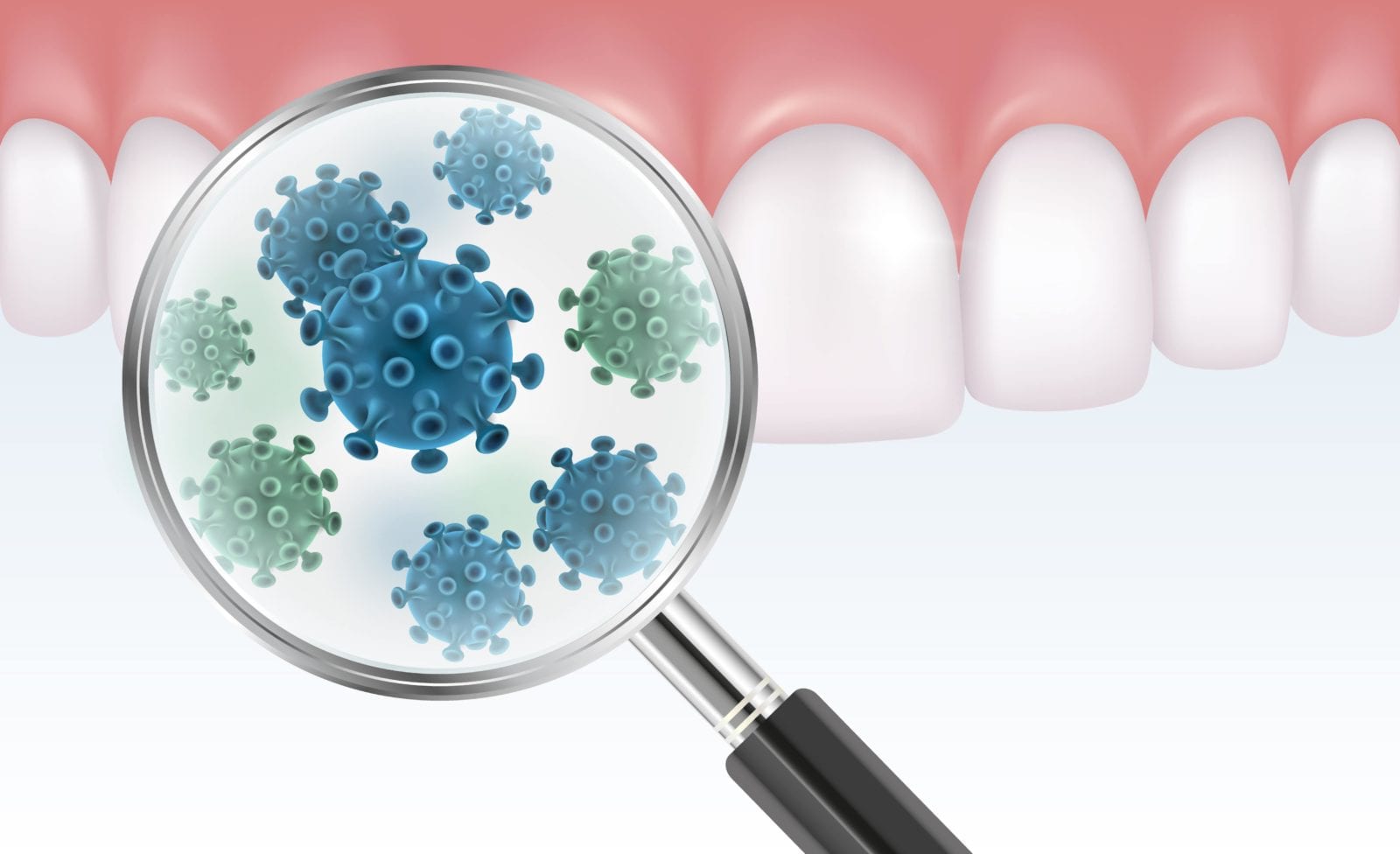When it comes to your oral health, cavities are one of the biggest threats. These areas of decay can form anywhere on your tooth’s surface, although they are commonly found on the tooth roots and in the pits and fissures of molars. Without restorative dental treatment, cavities will continue to grow until they reach the innermost layer of your teeth. This causes a pulp infection, which is painful and will require a root canal. All in all, the best way to deal with cavities is to prevent them from happening.
In order to prevent cavities, you will need to brush your teeth twice a day for two minutes using a fluoridated toothpaste. You will also need to floss daily and visit your dentist every six months for a checkup and teeth cleaning. In addition to keeping your teeth clean, being aware of what causes cavities is another way to prevent them. In most cases, cavities form as a result of these three things:
Bacteria

The human mouth naturally contains streptococcus mutans, which are a type of bacteria associated with tooth decay. Bacteria are living things, meaning that they consume food and produce waste. These bacteria feed off of food particles and then produce acidic waste. Saliva then neutralizes the acid to prevent it from damaging the enamel. Problems arise when bacterial populations increase and lead to a higher concentration of acidic waste that cannot be neutralized. In these cases, the acid erodes the enamel and can develop a cavity.
Sugar
As mentioned before, bacteria are living things that need to consume food. In particular, bacteria feed primarily on sugars. After consuming fructose, lactose, and glucose, lactic acid is produced and deposited onto the tooth surfaces. After consuming sucrose, a sticky film that contributes to the formation of dental plaque is produced. The more sugar consumed, means more waste products like acid and the sticky film contributing to plaque. When large amounts of bacteria are in one area, this also means that a high concentration of acid will be deposited on one area of the tooth. This is why people who eat a lot of sugar are more likely to develop cavities.
Plaque
Dental plaque is a sticky, colorless film that covers all the teeth. After we eat, food particles can become trapped in plaque, and affect its color. This is why our teeth sometimes look a certain color after eating certain foods. Bacteria use dental plaque for two reasons. First, plaque prevents them from being washed away since it is sticky and holds them to the teeth. Second, by trapping food particles, plaque also acts as a food delivery service for the bacteria. This is why bacteria tend to concentrate in areas where plaque has accumulated. This is why it is so important to prevent plaque from accumulating with regular brushing, flossing, and dental cleanings. Unfortunately, if dental plaque is left undisturbed for a while it can harden into tartar, or dental calculus. Tartar can only be removed with dental tools and cannot be removed with a toothbrush alone.

Dr. Jimmy Lutz obtained his dental education at the University of Missouri-Kansas City School of Dentistry. To stay on the cutting edge of dentistry, Dr. Lutz is a member of the local Spear Innovative Study Club. He is also a member of the American Dental Association, Indiana Dental Association, and West Central Dental Society.
